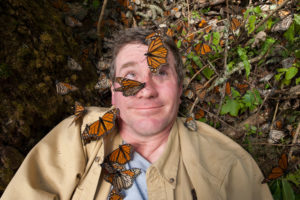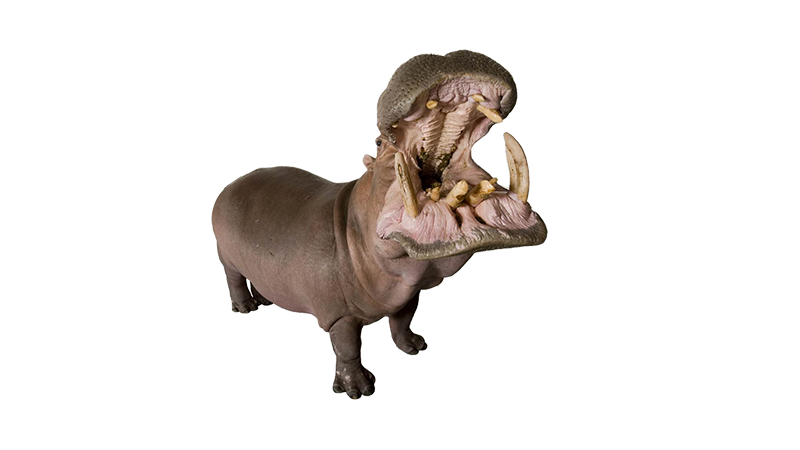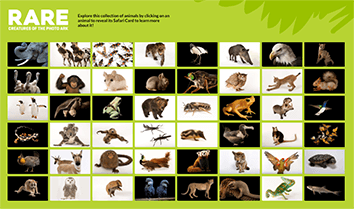Including: Safari Slideshow & Creature Cards
Explore NowQ&A with Joel Sartore
Photographer Joel Sartore has traveled the world photographing rare and endangered species for The Photo Ark, the most comprehensive visual catalogue of the world’s biodiversity using studio portraits. We sat down with Joel to discuss his project, now in its twelfth year.

Q: How many species have you photographed for the Photo Ark so far?
Joel Sartore (Joel): About 6,500
Q: Will the Photo Ark ever be complete?
Joel: Yes, we are halfway done after 11 years with 6,500 species. Because we’ll now have to travel farther and wider to get the remaining species, it’ll take us another 15 years.
Q: The Photo Ark is a super cool project, but you’re hoping it’ll also make a real impact. What impact has your photography had so far?
Joel: Some of the more obvious ways the Photo Ark has impact is in raising money to save species from extinction, but in the bigger picture we raise public awareness to the extinction crisis.
From projections on buildings like St. Peter’s Basilica and the Empire State Building, to publication in National Geographic Magazine and on their social media, we reach more than 70 million people per post now. The Photo Ark images get people to care about some of the least known animals on the planet, while there’s still time to save them.
Q: What’s the craziest place you’ve traveled to photograph an animal for the Photo Ark?
Joel: Perhaps all the way to New Zealand to photograph a rare, green, flightless parrot named Sirocco. He’s a kākāpō, an ambassador for his species, and extremely personable.
Q: As a photographer, you’re almost always behind the camera. What was it like being in front of the camera during the filming of RARE?
Joel: It was fine—if it brings attention to the plight of endangered species, I’ve got no problem with it.
Q: What’s your take on zoos? Good or bad?
Joel: Good for sure. I work mostly in accredited zoos and aquarium where there’s abundant attention and care. Many of the species I photograph would be extinct by now if not for zoos breeding them. Plus the educational aspect of zoos in terms of bringing all of us face to face with real live animals cannot be underestimated. If we get to the point where nature can only be seen on an electronic screen, it’ll be even harder to get the public to care about saving the world’s rainforests, marshes and oceans—all things we humans need to survive.
Q: Besides animals and wildlife, what other subject matter do you find interesting to photograph?
Joel: I’m 100% Photo Ark now. I give a voice to the voiceless. It’s a huge honor, and a responsibility.
Q: What do you hope viewers will take away from RARE and the Photo Ark?
Joel: That all of us can make a difference, and it starts in our own backyards. We must stop putting chemicals of any kind on our lawns. We must think about the goods and services we buy—what are they made of, and where? This applies to everything from food to furniture. And do you conserve energy? Have you insulated your home and bought a smaller vehicle?
Remember, every time you break out your purse or your wallet, you’re saying to a retailer, ‘I approve of this. Please give me more.’ That’s real power to change the world.
Have a question for Joel? Drop him a note on Facebook or Twitter.
Photo credit: Joel Sartore

I want people to care,
to fall in love,
and to take action.
Joel Sartore
National Geographic Photographer
How you can help
Snap a pic
Take a photo of a creature in your neck of the woods. Show your support by posting your animal pic using the hashtag #RarePBS.
Be pollinator-friendly
Plant local plants in your garden to help bees, birds, and other pollinators. Encourage others in your neighborhood to do the same.
Reduce, reuse, recycle
Reduce what you buy, reuse and repurpose what you do buy, and recycle what can't be repurposed.
Learn More


